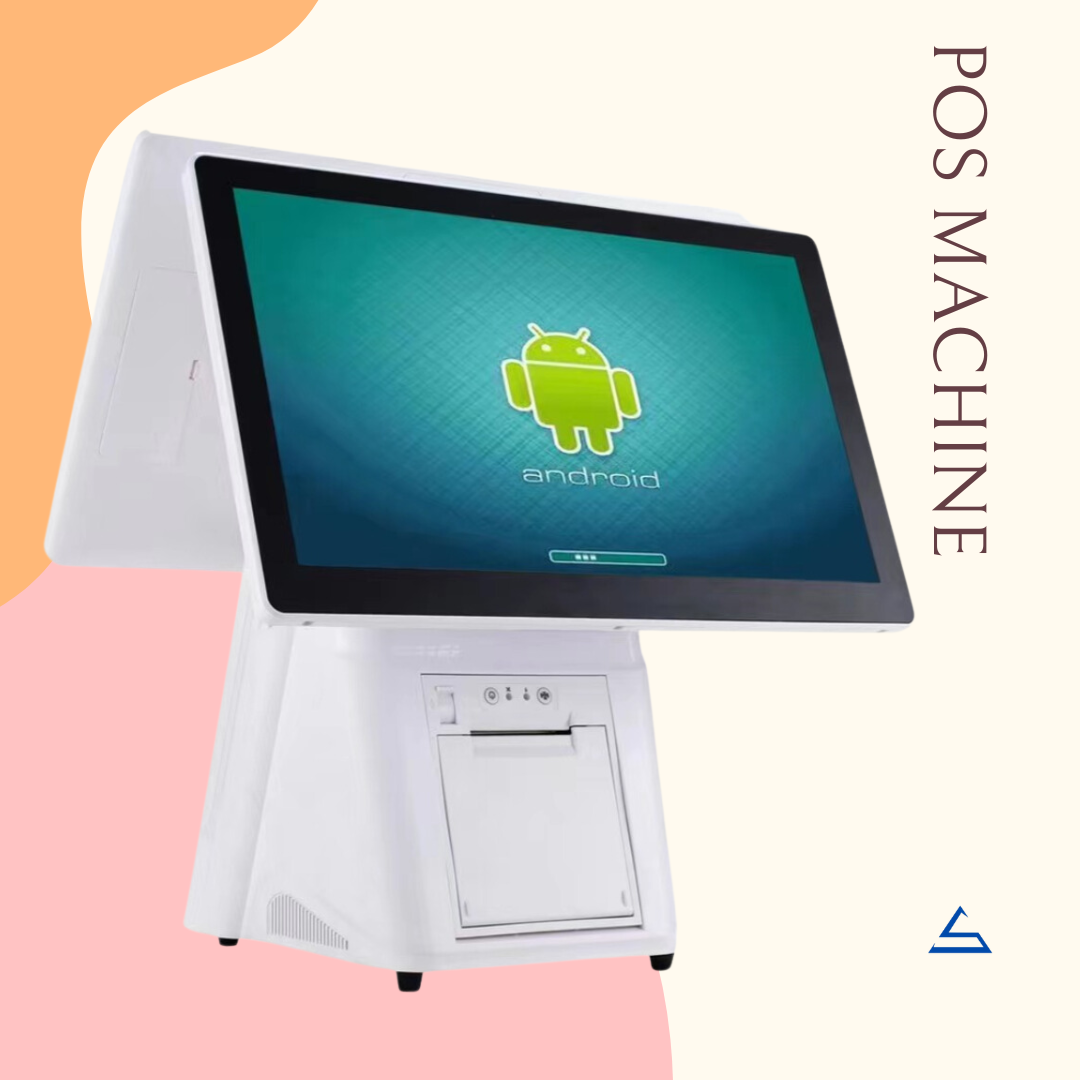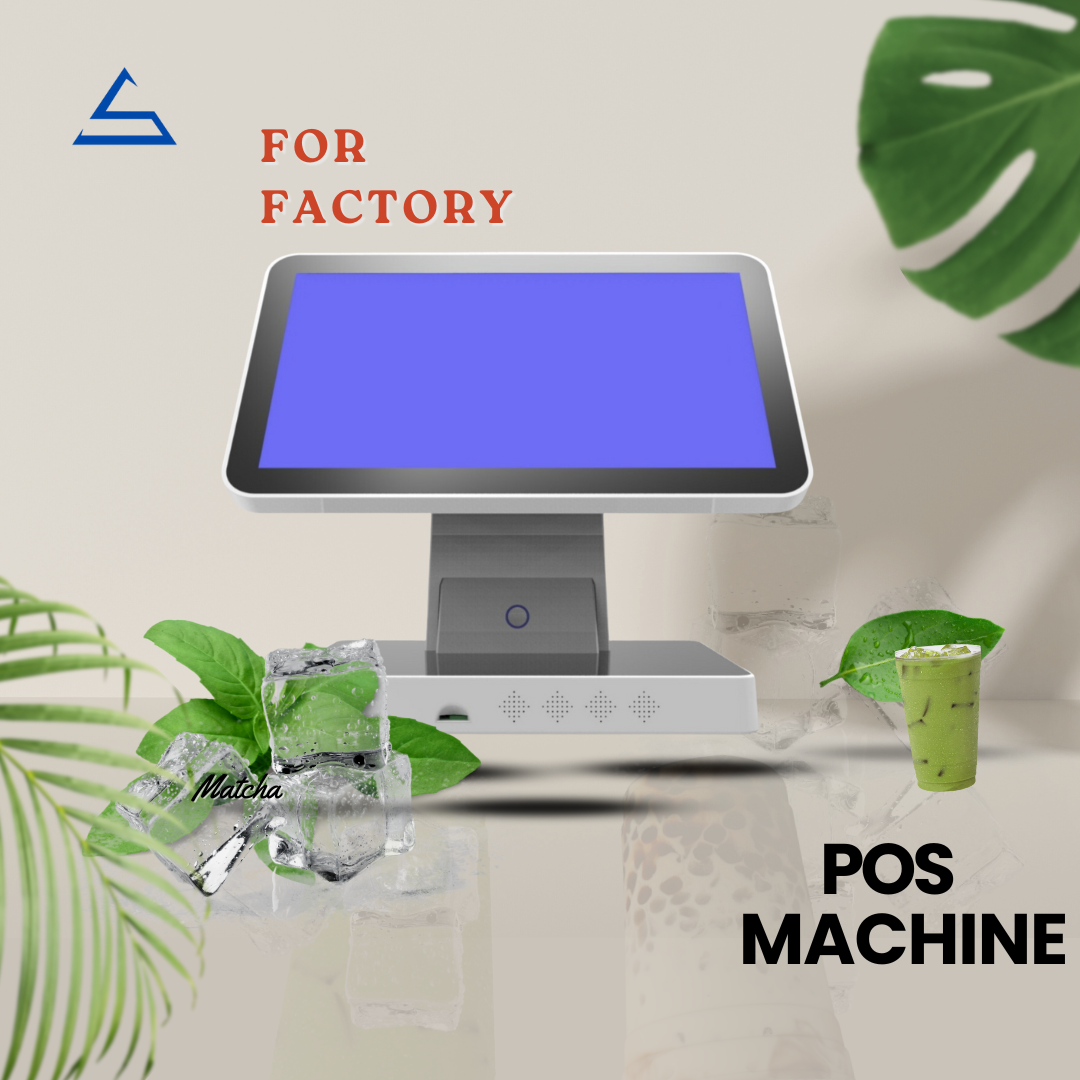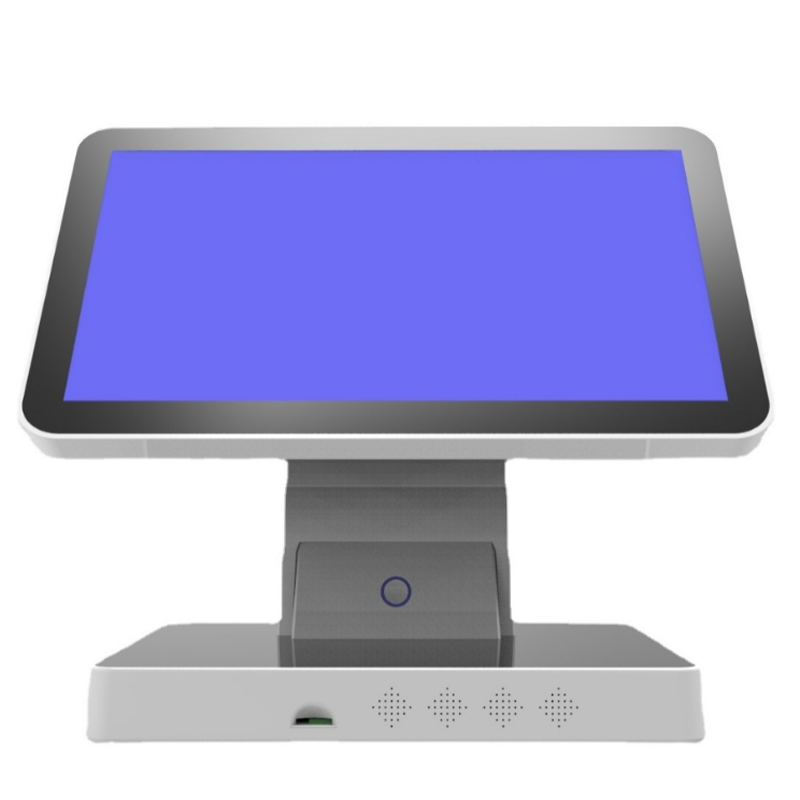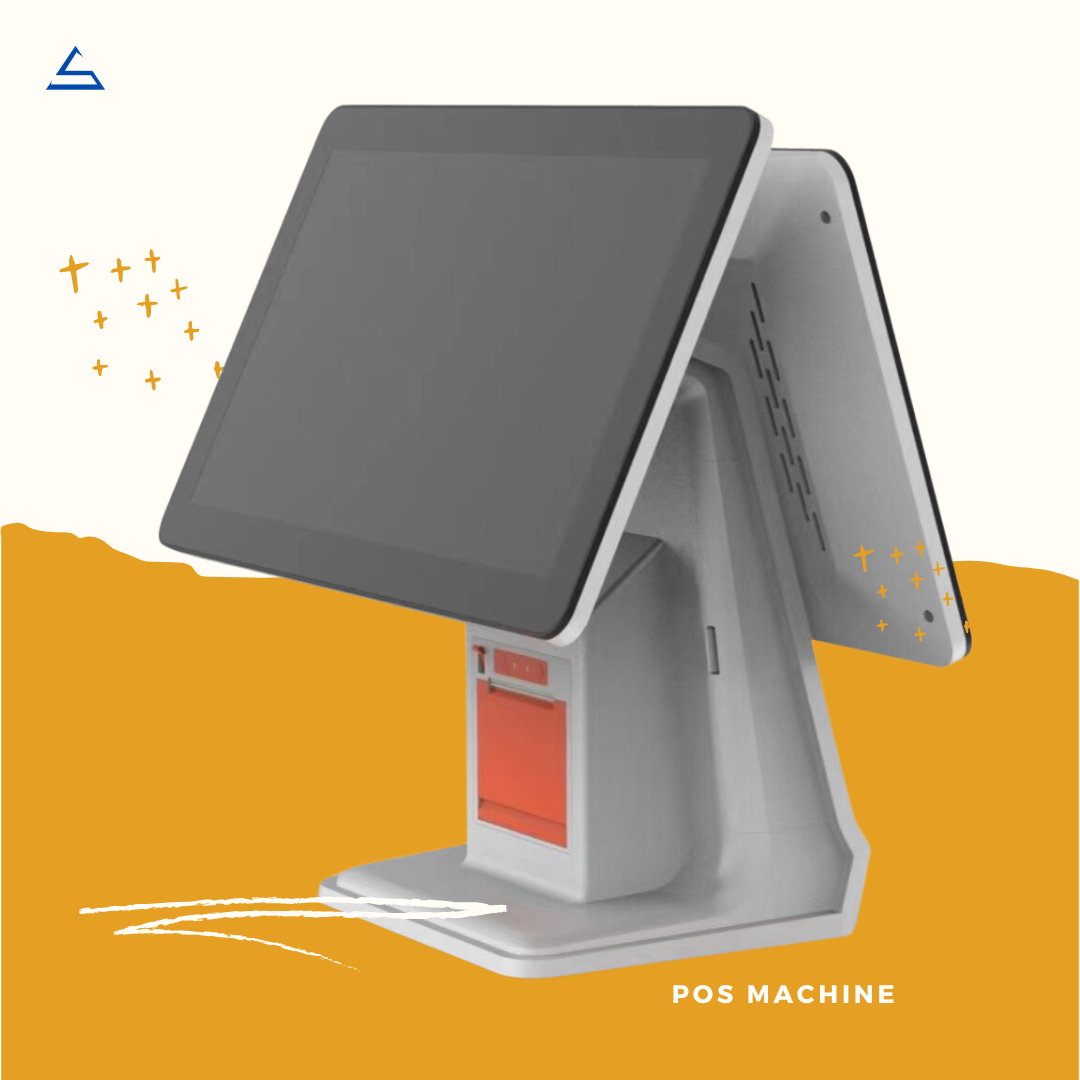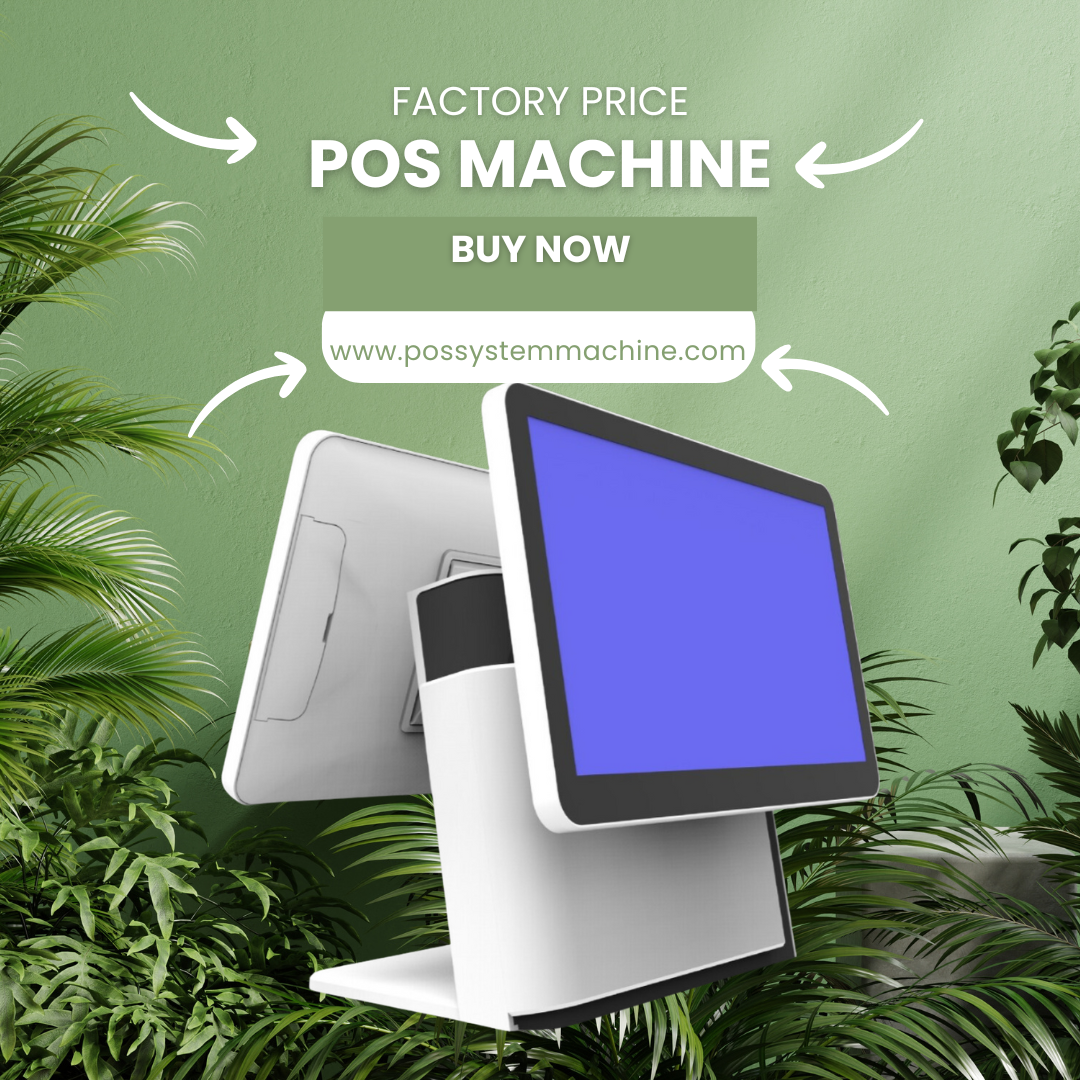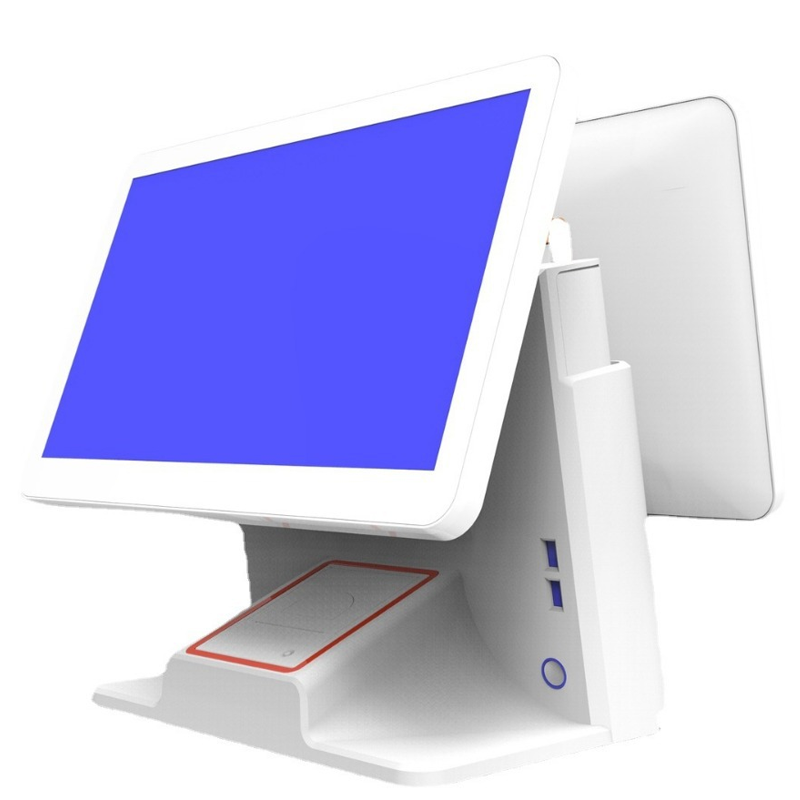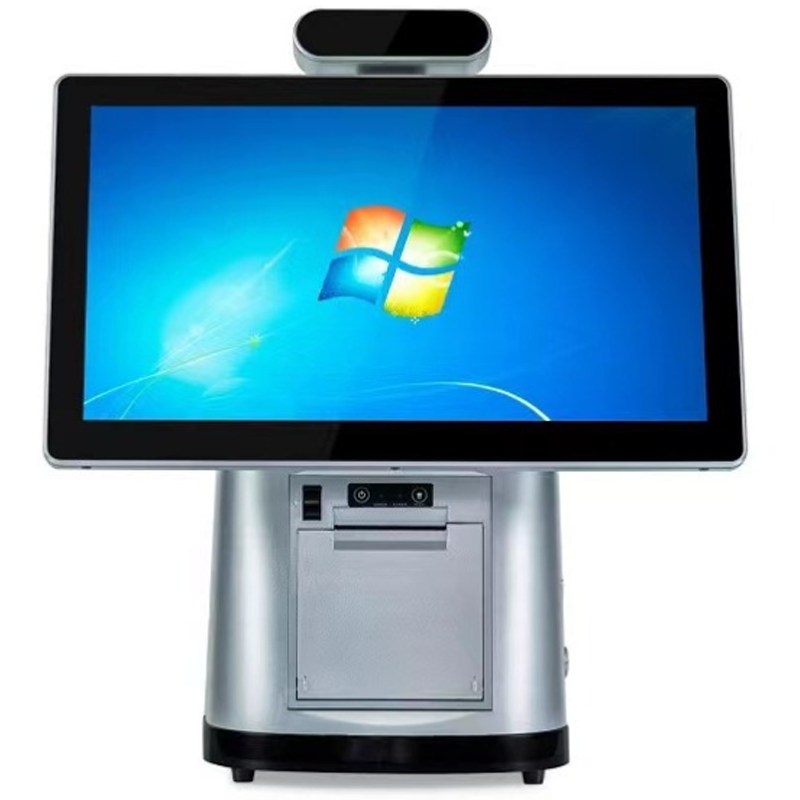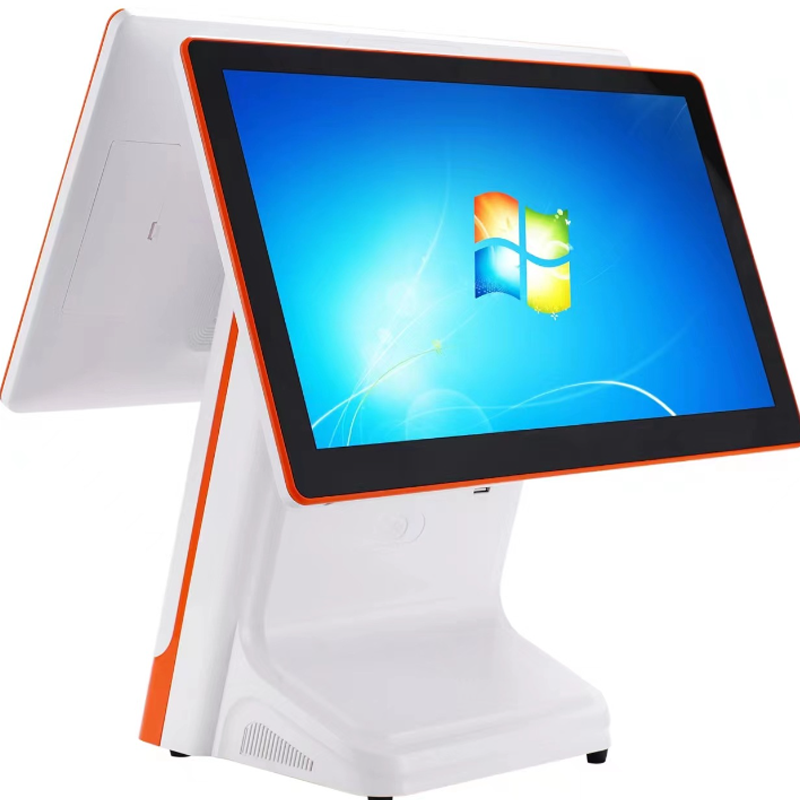POS 벤더란 무엇인가요?
목차
요약
Are you looking to upgrade your business’s payment processing system? Wondering about the world of Point-of-Sale (POS) vendors? You’ve come to the right place! In this comprehensive guide, we’ll explore everything you need to know about POS 공급업체, their systems, and how they can revolutionize your business transactions. Whether you’re a small business owner or managing a large retail chain, understanding POS vendors is crucial for streamlining your operations and enhancing customer experience. Let’s dive in!
POS 시스템이란 정확히 무엇인가요?
A Point-of-Sale (POS) system is the heart of any modern business transaction process. It’s where your customer makes a payment for products or services at your store. But it’s so much more than just a cash register. A POS system typically includes:
- Hardware (like a touchscreen monitor, cash drawer, and receipt printer)
- Software for processing transactions
- Features for inventory management, sales reporting, and customer relationship management
Think of it as your business’s command center for sales and customer interactions.
Who Are the Major POS Vendors in the Market?
그리고 POS vendor landscape is diverse, with options for businesses of all sizes and types. Some of the leading POS 공급업체 include:
- 스퀘어
- Shopify POS
- 광속
- Toast (for restaurants)
- 클로버
- Vend by Lightspeed
Each vendor offers unique features and pricing models, catering to different business needs.
POS 시스템은 어떻게 작동하나요?
POS systems are the unsung heroes of smooth business operations. Here’s a simple breakdown of how they work:
- A customer decides to buy something from your store.
- The item is scanned or manually entered into the POS system.
- The system calculates the price, including any taxes or discounts.
- The customer pays using their preferred method (cash, card, or digital wallet).
- The POS system processes the payment and updates your inventory.
- A receipt is generated, and the sale is recorded in your system.
But that’s just the tip of the iceberg. Modern POS systems can do so much more, from tracking employee hours to analyzing sales trends.
POS 시스템에는 어떤 유형이 있나요?
POS systems come in various flavors to suit different business needs:
- On-premise POS: Traditional systems installed on local servers
- Cloud-based POS: Systems that store data in the cloud, accessible from anywhere
- Mobile POS: Portable systems that work on smartphones or tablets
- Self-service kiosks: Allow customers to place orders and pay without staff assistance
- Omnichannel POS: Integrate in-store and online sales channels
The type you choose depends on your business model, size, and specific requirements.
POS 시스템 사용의 이점은 무엇인가요?
Implementing a POS system can transform your business operations. Here are some key benefits:
- Faster transactions: Speed up checkout times and reduce customer wait times
- Improved accuracy: Minimize human errors in pricing and inventory tracking
- Better inventory management: Real-time updates on stock levels
- Enhanced customer service: Access customer purchase history for personalized experiences
- Detailed reporting: Gain insights into sales trends and business performance
- Streamlined operations: Integrate various business functions into one system
Learn more about how POS systems can improve your inventory management
How to Choose the Right POS Vendor for Your Business?
Selecting the perfect POS vendor is crucial for your business success. Consider these factors:
- Business type and size: Different industries have different needs
- Budget: Consider both upfront costs and ongoing fees
- Features: Look for must-have features that align with your business goals
- Ease of use: A user-friendly interface is crucial for staff adoption
- Integration capabilities: Ensure it works with your existing tools
- Scalability: Choose a system that can grow with your business
- Customer support: Look for vendors offering robust support options
Take your time to research and compare different vendors before making a decision.
POS 시스템에는 일반적으로 어떤 하드웨어 구성 요소가 포함되나요?
A complete POS system usually consists of several hardware components:
| 구성 요소 | 기능 |
|---|---|
| 터치스크린 모니터 | Main interface for inputting sales and accessing system features |
| 현금 서랍 | Securely stores cash and coins |
| 영수증 프린터 | Prints customer receipts and end-of-day reports |
| 바코드 스캐너 | Quickly inputs product information |
| 카드 리더 | Processes credit and debit card payments |
| 고객 디스플레이 | Shows transaction details to the customer |
Some systems may also include additional components like kitchen display systems for restaurants or handheld devices for mobile transactions.Discover more about the latest advancements in credit card processing technology
What Features Should You Look for in POS Software?
현대 POS software is packed with features to help run your business efficiently. Key features to consider include:
- Sales reporting and analytics: Gain insights into your business performance
- Inventory management: Track stock levels and automate reordering
- Customer relationship management (CRM): Store customer data and purchase history
- Employee management: Track work hours and sales performance
- Multi-location support: Manage multiple stores from a single system
- E-commerce integration: Connect your online and offline sales channels
- Mobile access: Manage your business on the go
Remember, the best features for you depend on your specific business needs.
일반적으로 POS 시스템 비용은 얼마인가요?
The cost of a POS system can vary widely depending on the vendor and the features you need. Here’s a general breakdown:
- Hardware costs: Can range from $500 to $3000+ per terminal
- Software costs: Usually a monthly fee, ranging from $30 to $300+ per month
- Installation and training: May be included or cost extra, typically $200-$1000+
Some vendors offer all-in-one packages, while others charge separately for hardware and software. Be sure to consider the total cost of ownership when comparing options.Explore the benefits of integrated payment processing solutions
POS 기술의 최신 트렌드는 무엇인가요?
의 세계 POS 는 끊임없이 진화하고 있습니다. 주목해야 할 몇 가지 흥미로운 트렌드를 소개합니다:
- Contactless payments: Increasing adoption of tap-to-pay and mobile wallet options
- AI-powered analytics: Advanced data analysis for better business insights
- Cloud-based systems: More flexibility and real-time data access
- Integration with e-commerce: Seamless omnichannel experiences for customers
- Enhanced security features: Protecting against fraud and data breaches
이러한 트렌드에 대한 정보를 파악하면 비즈니스의 미래를 위한 의사 결정을 내리는 데 도움이 될 수 있습니다.Understand the importance of data security in POS systems.
Frequently Asked Questions About POS Systems
Here are answers to some common questions about POS systems:
- Q: Can I use my existing hardware with a new POS system? A: It depends on the system. Some are compatible with standard hardware, while others require specific components.
- Q: How long does it take to set up a new POS system? A: Setup time can vary from a few hours to several days, depending on the complexity of your business and the system.
- Q: Can I access my POS data remotely? A: Most modern cloud-based POS systems allow remote access to your data from any device with an internet connection.
- Q: What happens if my internet goes down? A: Many systems have offline modes that allow you to continue processing transactions, which sync when the connection is restored.
- Q: How often should I update my POS software? A: Cloud-based systems often update automatically. For on-premise systems, it’s best to update whenever new versions are released to ensure you have the latest features and security patches.
Remember, when in doubt, always reach out to your POS vendor‘s support team for specific questions about your system.
Conclusion: Empowering Your Business with the Right POS Vendor
Choosing the right POS vendor is a crucial decision that can significantly impact your business operations. Here’s a quick recap of the key points to remember:
- Understand your business needs and choose a POS system that aligns with them
- Consider both hardware and software components when evaluating systems
- Look for features that will streamline your operations and improve customer experience
- Stay informed about the latest trends in POS technology
- Don’t forget to factor in costs, including hardware, software, and ongoing fees
- Prioritize vendors that offer robust support and training options
By carefully considering these factors, you’ll be well-equipped to choose a POS vendor that not only meets your current needs but also supports your business growth for years to come.
태그
제품
블로그
문의하기
관련 제품
목재 상자 제작에 관해 자주 묻는 질문

